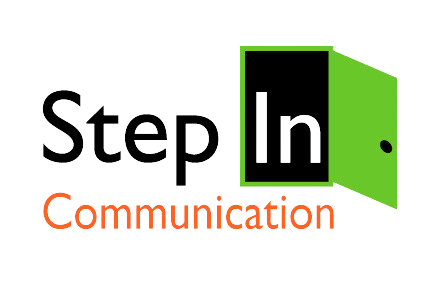Influencer Campaigns
When it's time add online influencers to your marketing campaigns, we'll provide an organic approach to the process.
At Step In Communication we want you to meet your business objectives. Our specialized approach leads to consistent results and measurable success for our clients.
Step In Communication has opened the door for a broad range of clients in a wide variety of industries. Below are a few examples of our work:
Read the latest from the Step In Communications team as we share tips, trends and thoughts on all things digital and social.

Step In Communication is a communications agency based in San Antonio, Texas. Owned and managed by Fran Stephenson, APR, Fellow PRSA, an award-winning practitioner with more than 30 years of experience, the Step In Communication team is known for creating valuable strategies for its clients and for its collaborative approach to communications projects.
